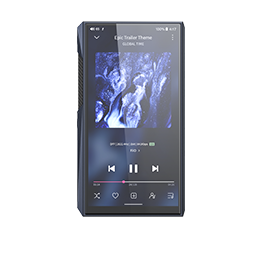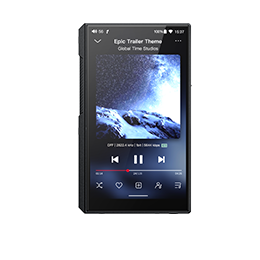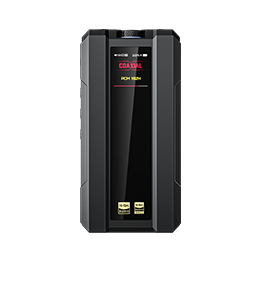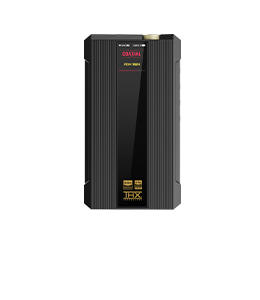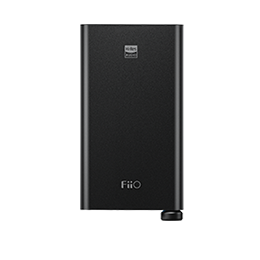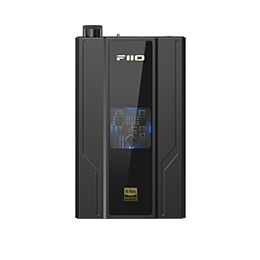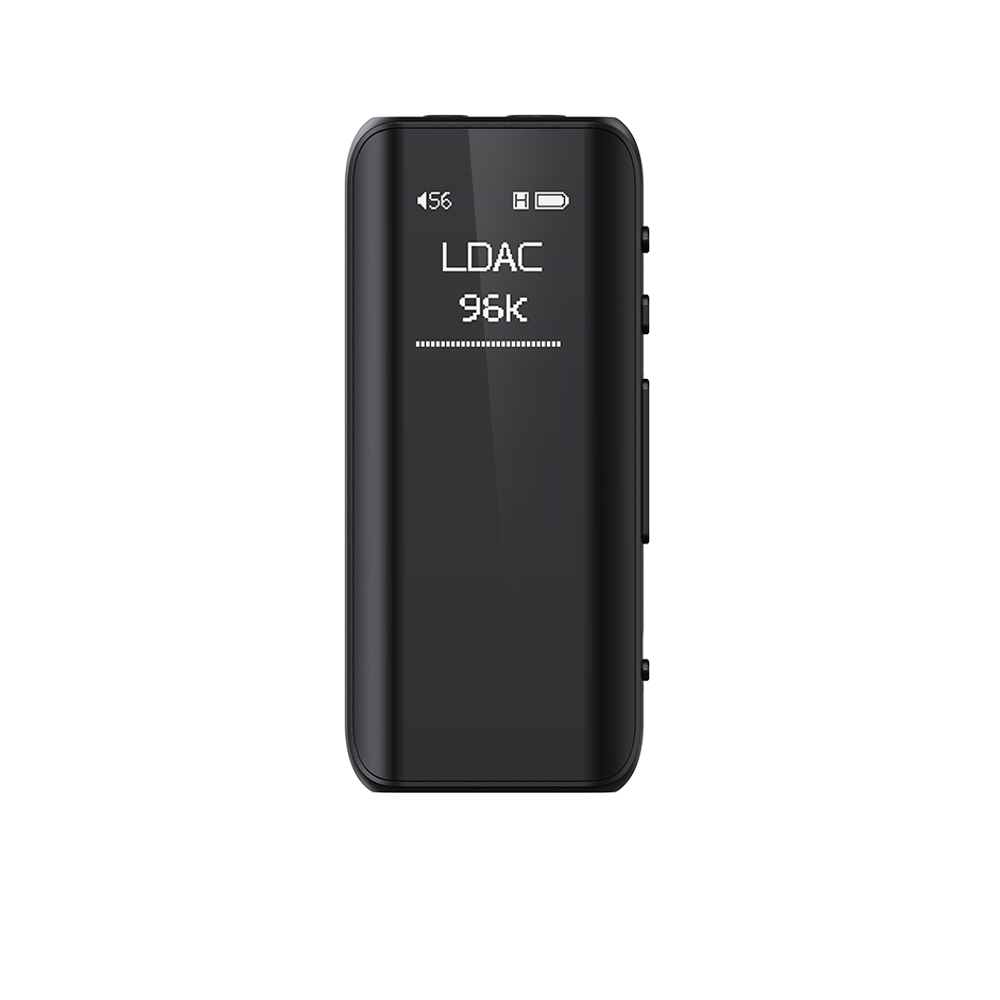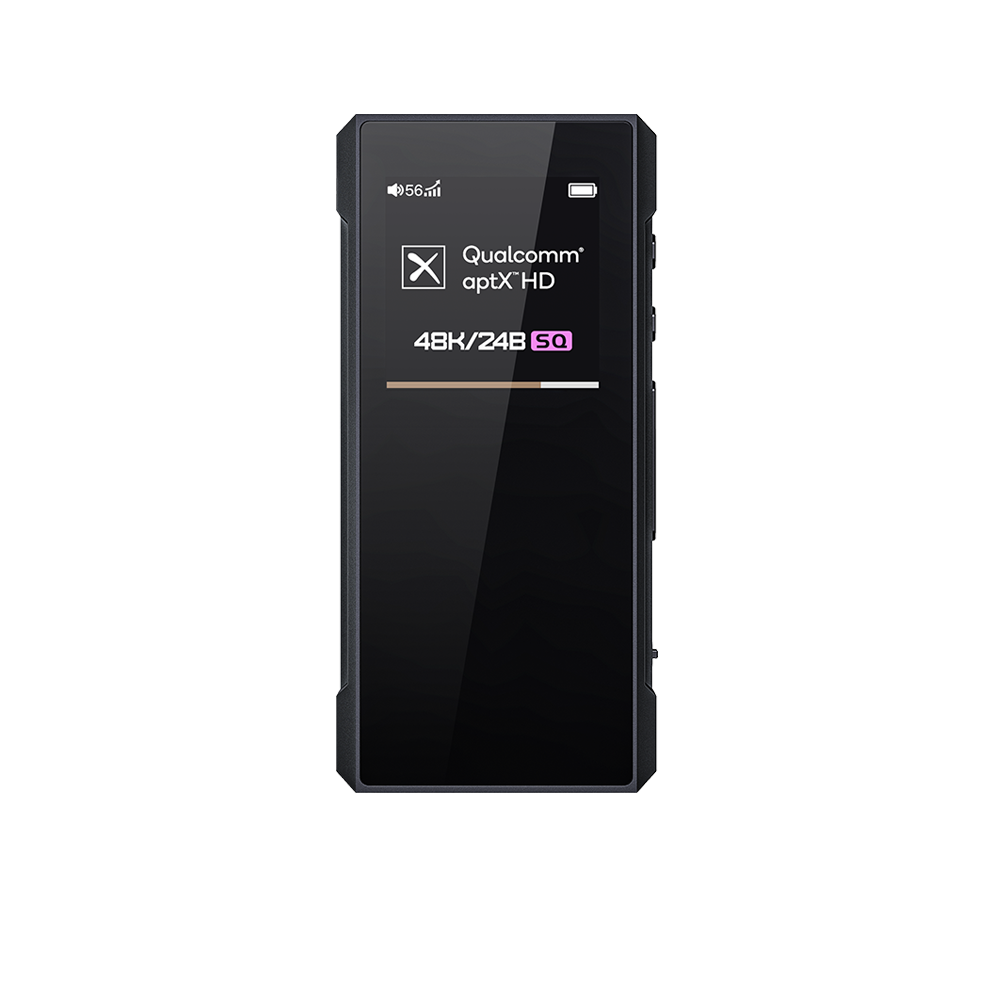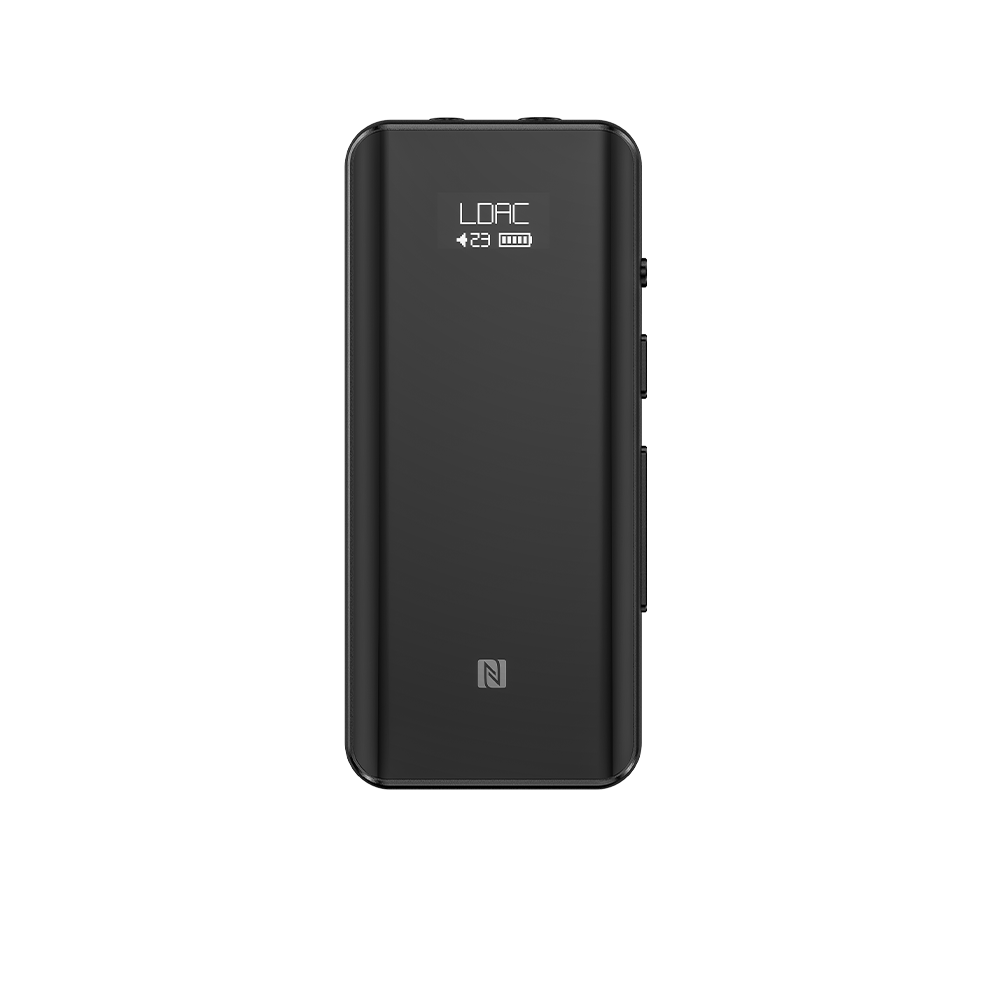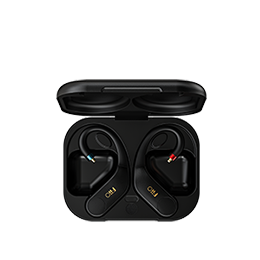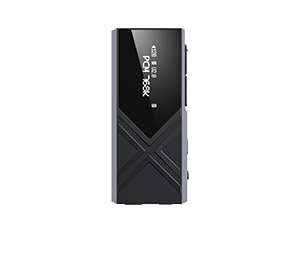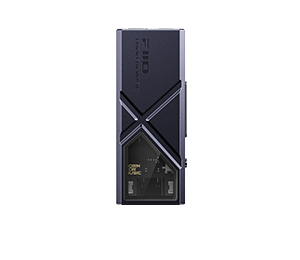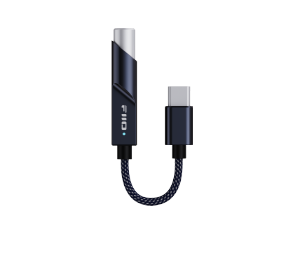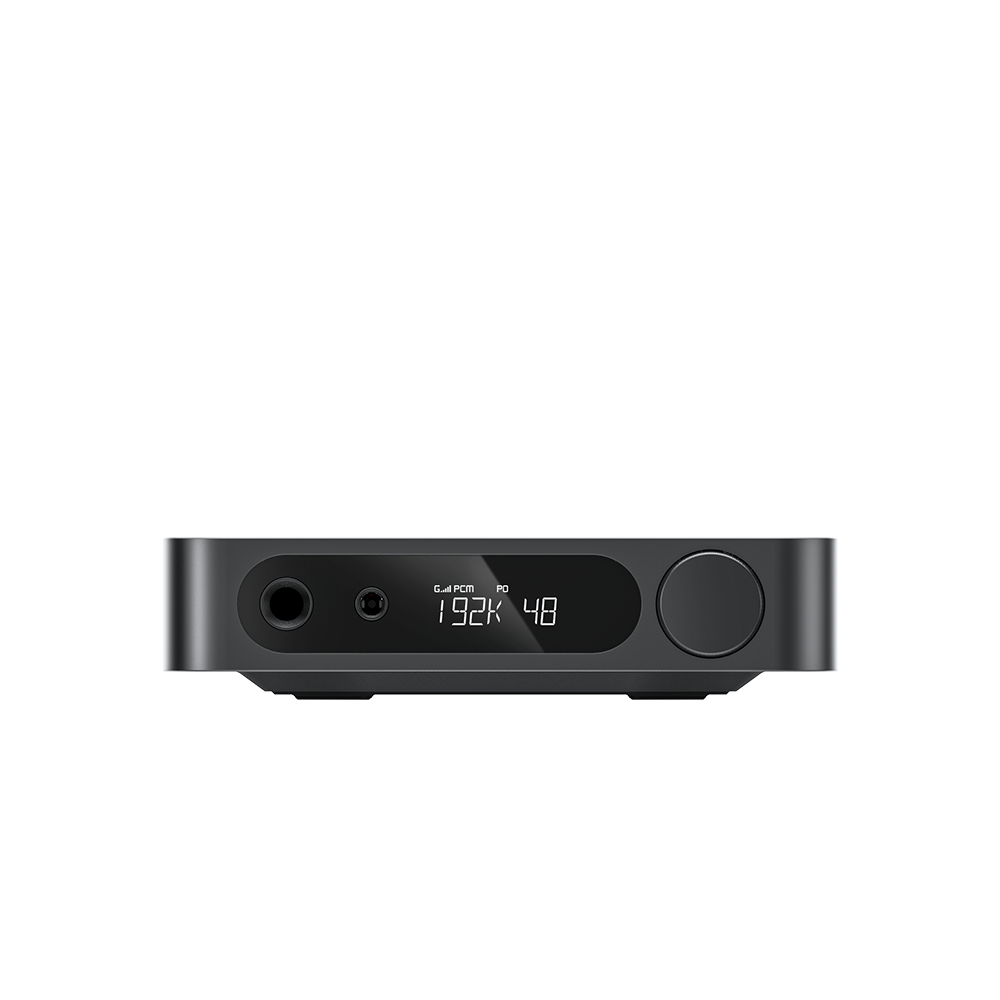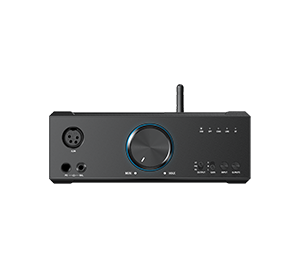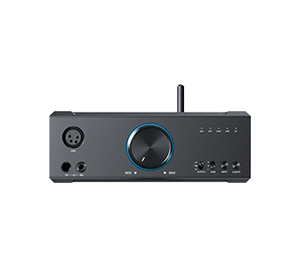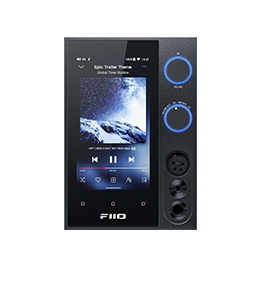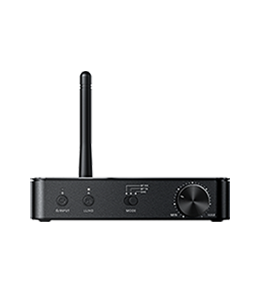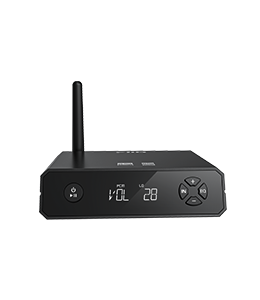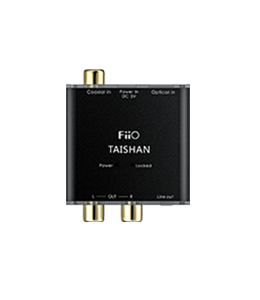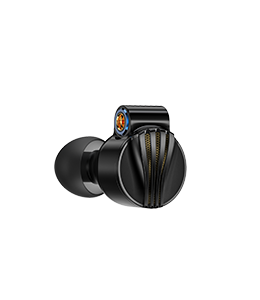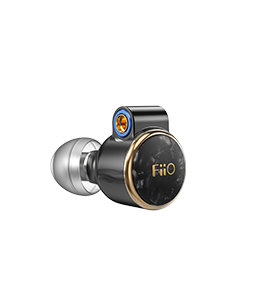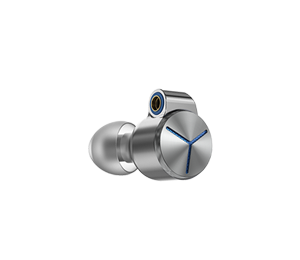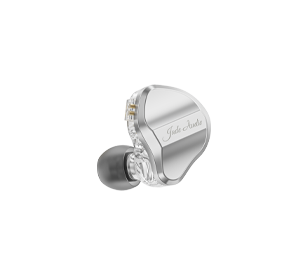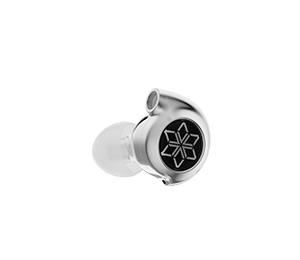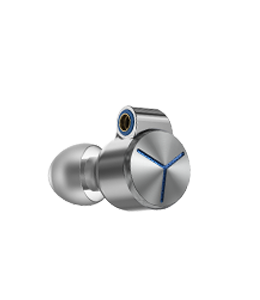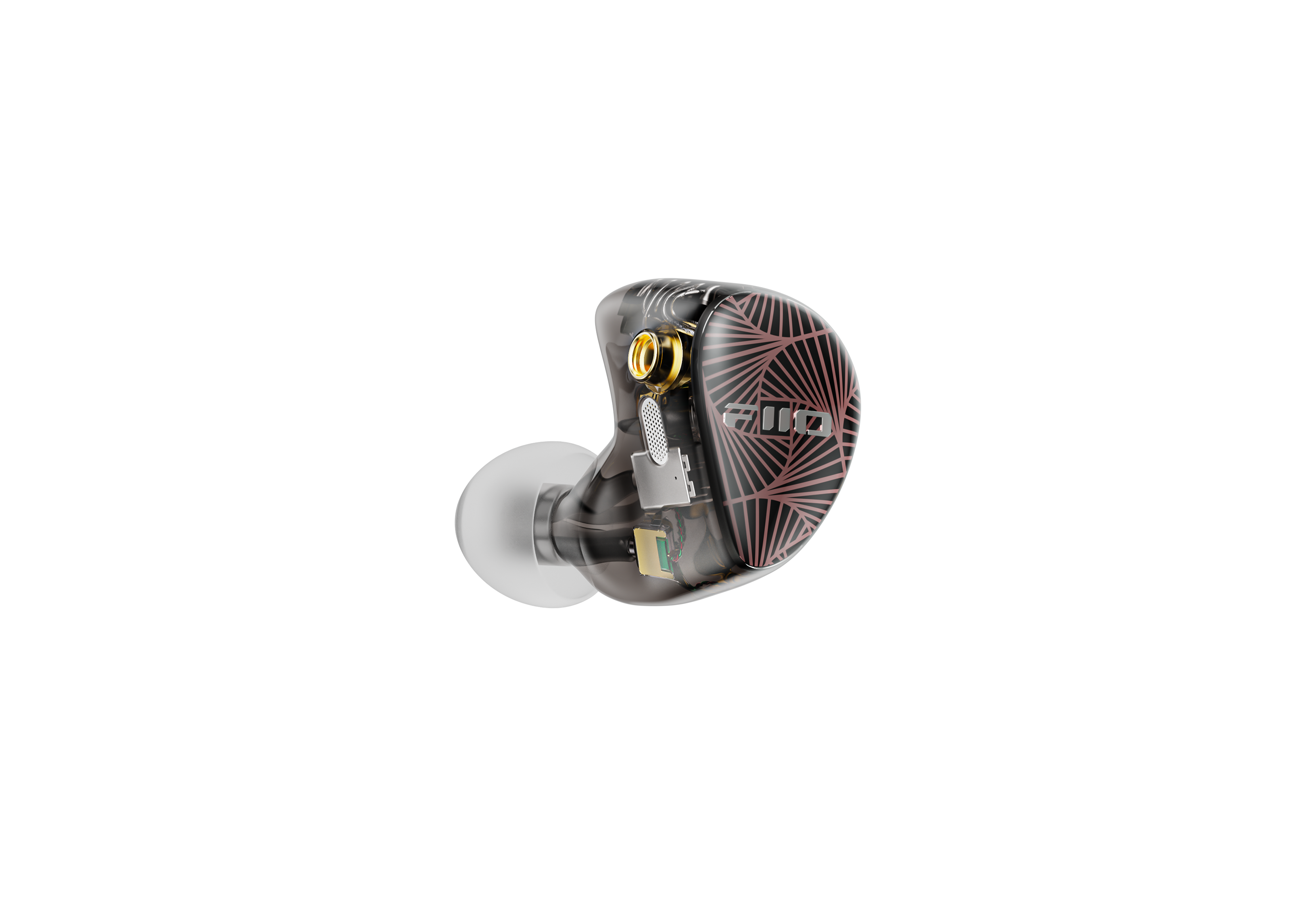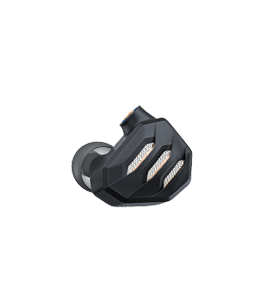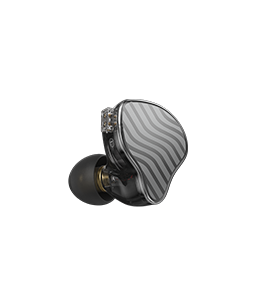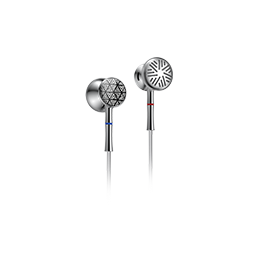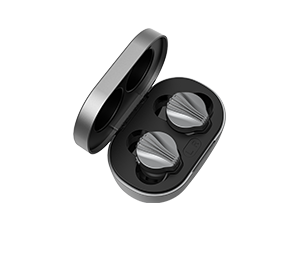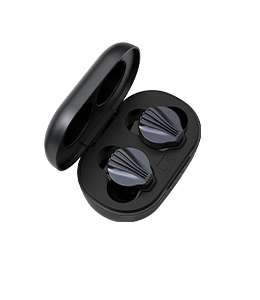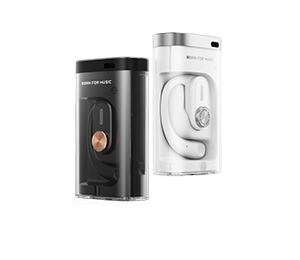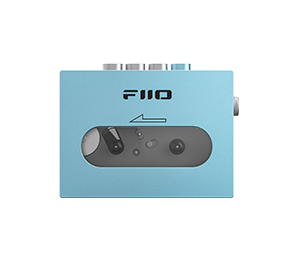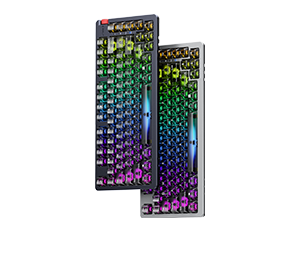19. Instructions of the system settings-audio for the R7
-
OPT/COAX output
Control the optical/coaxial output port, the default state is OFF.
-
SPDIF OUT
Coaxial output signal setting: This setting needs to be adjusted only when using coaxial output
D2P mode, playing PCM signal will output native PCM signal; playing DSD signal will output converted DSD signal;
DoP mode, PCM signal and DSD signal will be natively output.
[Note] DoP is preferred, D2P needs to selecting when some devices that do not support DoP.
-
Gain
There are five gain levels: high, medium, low, over-ear and ehanced mode, corresponding to five levels of output voltage. You can choose different gains according to your headphones.
-
Lowpass filter mode
There are three different filters on the R7, you can choose them according to your listening preferences.
Filters are some effects that come with the original DAC chips, and the adjustment is subtle for the sound. The following is the hearing description of some filters, for reference only:
fast roll off: the sound is full and mellow, the vocals are in the behind, rich and full, with strong reverberation, suitable for pop music;
slow roll off: the sound is clean, the vocals are in the front, clear and original, suitable for classical music;
-
Bluetooth Audio Encoder
The default codec for Bluetooth transmission is the highest supported codec, and you can select the supported encoding through this setting.
-
Bluetooth Audio LDAC Encoder: Playback Quality
When meeting playback problems during LDAC Bluetooth transmission, you can adjust this option to balance audio and connection quality.
-
Bluetooth Audio LHDC Encoder: Playback Quality
When meeting playback problems during LDAC Bluetooth transmission, you can adjust this option to balance audio and connection quality.
-
Balance
When you encounter channel deviation, you can adjust the balance of the left and right channels here. Up to 10 levels of adjustment is supported.
-
ALL TO DSD
After turning on the All to DSD, the global PCM audio will be converted to DSD for output, and the sound quality will be further improved.
[Principle] The most important thing of All To DSD is to convert the digital signal in PCM format to DSD format, so that the DSD format can be used when performing D/A conversion to obtain different styles of sound, more clear and natural sound. In addition, since the lowest DSD format is DSD64, which is 4 times the data of 44.1K/16BIT only calculated from the amount of data, so ALL TO DSD is also equivalent to up-sampling the PCM signal. The effect of All To DSD also supports third-party APP.
-
Second harmonic regulation
It simulates the special distortion of tube amplifiers. The second harmonic that doesn't exist in the original signal is artificially increased.
Compared to level 0, level 1 adds more second harmonics. If comparing the numbers, the harmonic distortion is about 0.X% for level 2, about 0.0X% for level 1, and about 0.00X% when off.
Note: This function is only effective when the volume is high, for example: in high (or higher) gain mode, the effect will be more obvious when the volume is above 70.






